Six years ago, SnapPower introduced its original Guidelight which cleverly turned plastic outlet covers into LED nightlights without requiring any wiring. A few iterations later, the company’s new ConnectLight introduces motion sensing and wireless connectivity that can be installed without an electrician, or even a Wi-Fi network.
How does SnapPower’s technology work? The obvious assumption is that there’s a handful of coin batteries hidden inside the outlet faceplate that powers all of the electronics and the LED nightlights for a year or so before needing a fresh set, but it’s more clever than that.
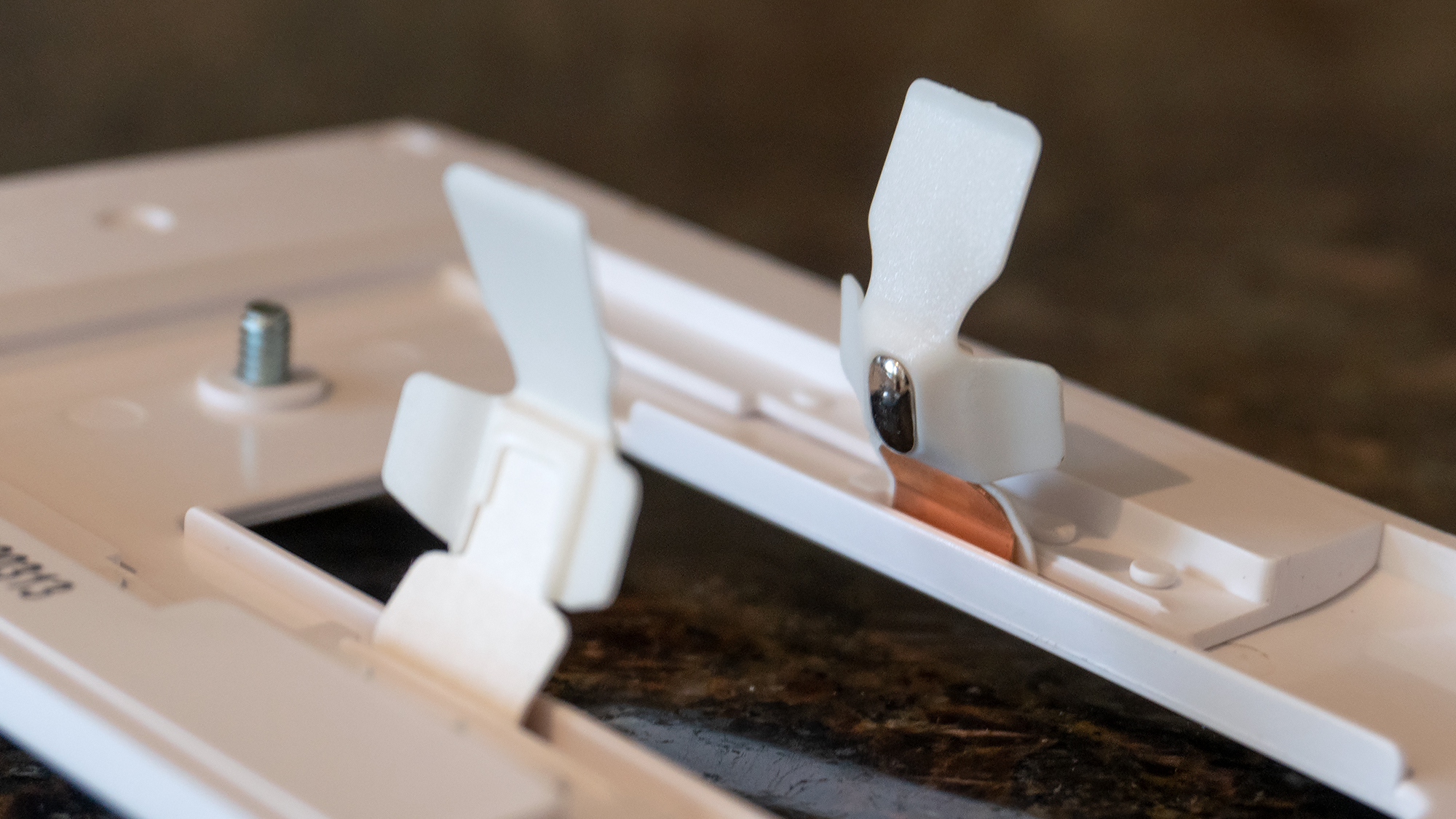
On the back of every SnapPower outlet cover you’ll find a pair of plastic prongs with an inward facing metal contact on each. These allow the covers to connect to your home’s wiring and draw all the electricity they need to power their own electronics.
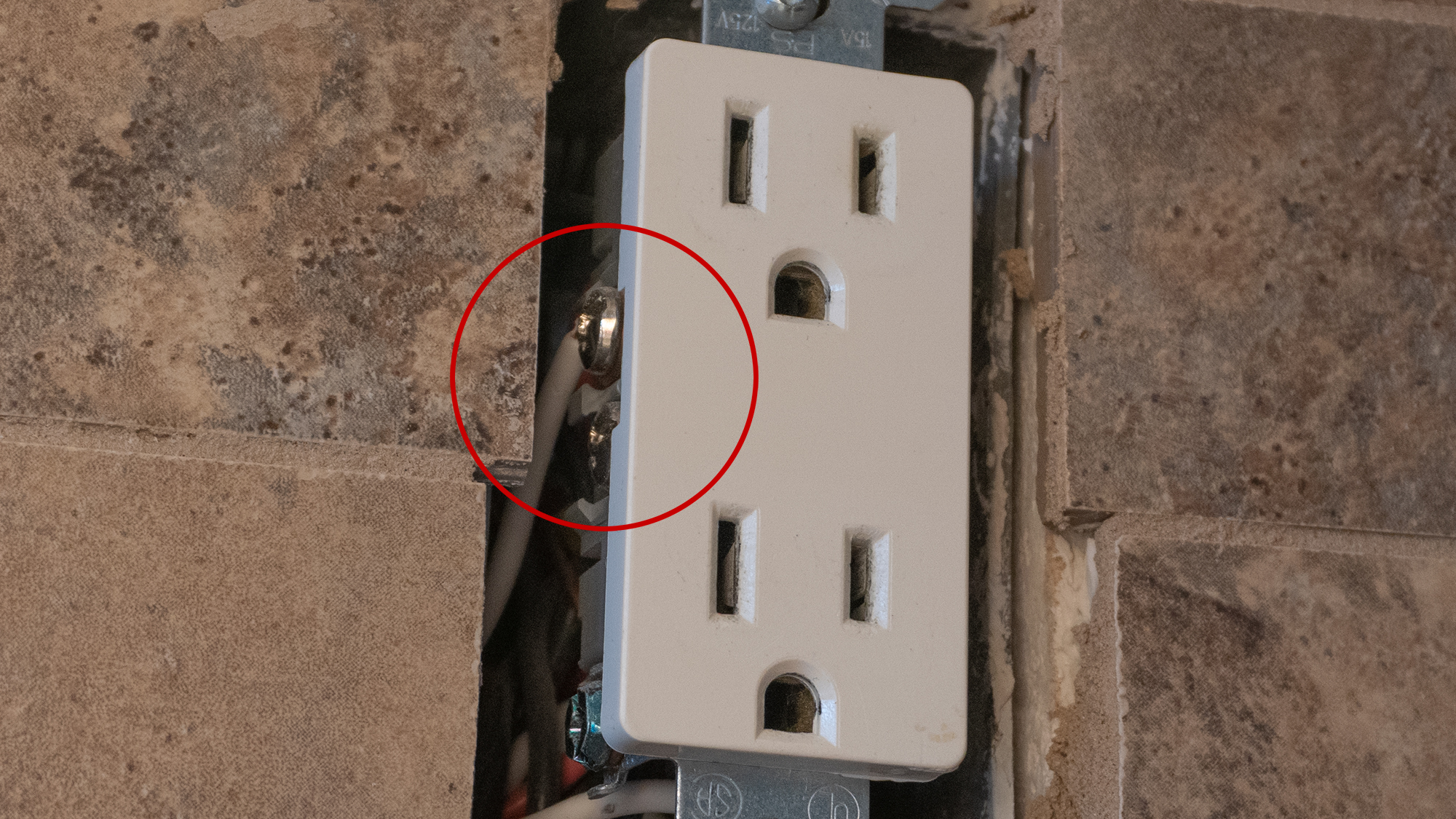
The power outlets installed in nearly every home in the U.S. and Canada have a standardised design with a pair of screws on either side where they’re connected to a home’s electrical wiring. When you install the SnapPower ConnectLight faceplate, those protruding prongs on the back make contact with these metal screws which is how they draw power.
Installing a SnapPower ConnectLight is incredibly easy. In fact, the hardest part is finding the exact switch in your home’s breaker box that shuts off power to the specific outlet you’re upgrading. If it’s not labelled properly, there’s some potential trial and error. As for tools, all you really need is a screwdriver with swappable bits and a non-contact voltage tester which I highly recommend as an easy way to absolutely guarantee there’s no power flowing to the outlet.
Once you’re sure the power’s off, you simply unscrew and remove the existing plastic outlet, and then install the SnapPower ConnectLight, making sure those prongs are positioned on either side. There is some resistance during the process, those prongs tend to act like springs wanting to pop the outlet back out, but once it’s in position all you need to do is reinstall the screws, turn the breaker back on, and your done.
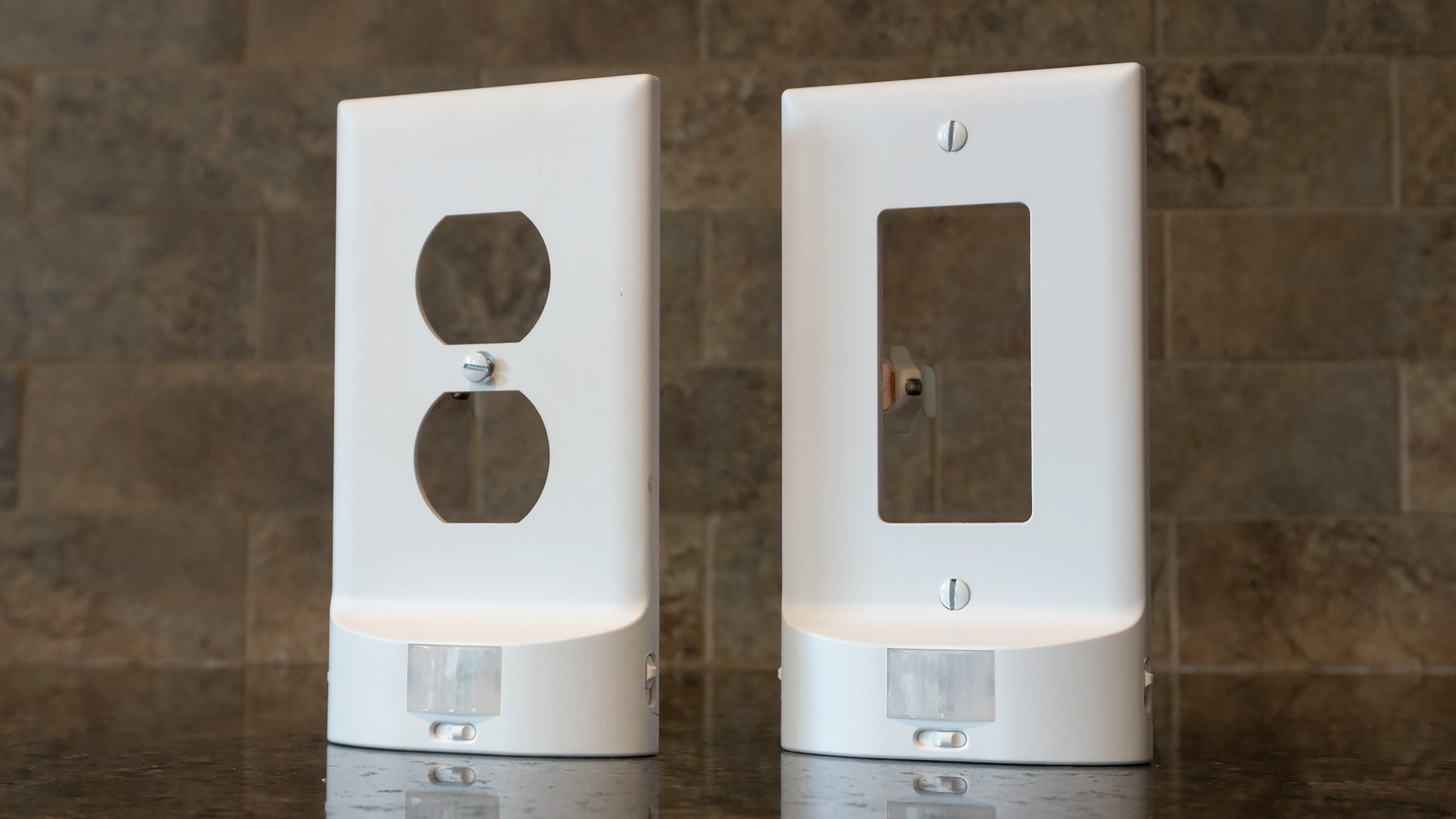
There are two things to take note of before ordering any of SnapPower’s products. The first is the style of the outlet cover you want to upgrade. There are three options: Duplex with two holes, the newer Decor style where both outlets sit inside a rectangle, and GFCI (ground-fault circuit interrupter) outlets, which are the style you’ll find in bathrooms or kitchens with the built-in reset buttons.
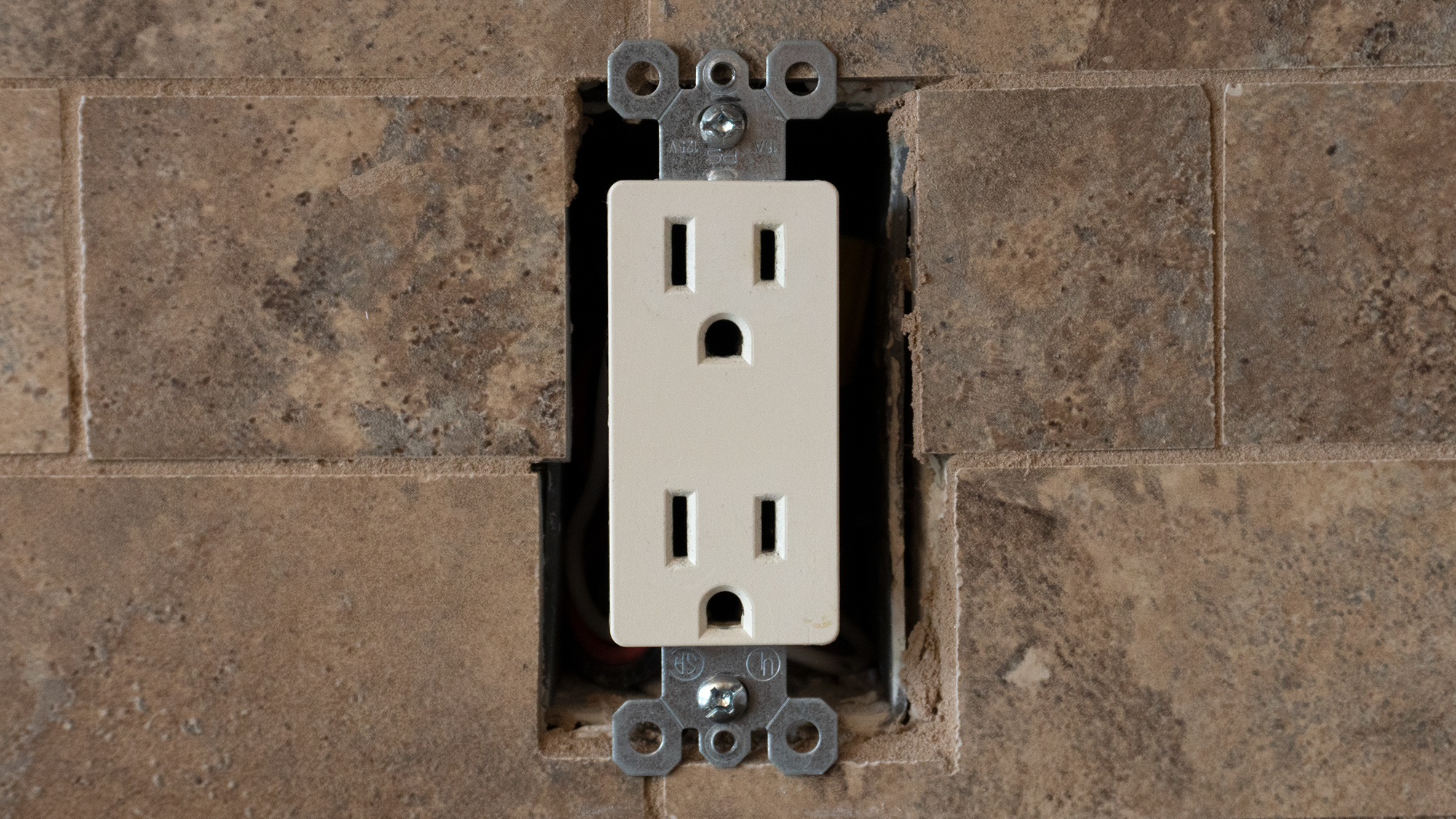
I also recommend actually removing the existing outlet cover you want to upgrade and taking a look at what’s behind it to ensure there’s enough clearance on either side for the ConnectLight’s prongs to reach inside. A couple of the outlets I upgraded were tight fits and required me to shift the position of the outlet itself to ensure there was enough room on both sides. That might not always be an option, however.

SnapPower’s previous products, including the GuideLight 2 Plus which simply turns on its LED nightlights once a room gets dark, are nearly identical in appearance to a standard outlet faceplate. The ConnectLight, by comparison, gains a chin on the bottom to accommodate a motion sensor with 120-degrees of range, as well as wireless transmitters and sensors. You’re trading subtlety for added functionality.
Previous versions of SnapPower’s products were simpler install and forget products, but the ConnectLight includes three sets of switches, each with three different states, for configuring how it works. On the front you’ve got a switch that turns it off completely, or adjusts the brightness of the LEDs between their high and low settings, while on the right is a switch that toggles how long the LED nightlights stay on when motion is detected: 15 seconds, one minute, or five minutes.
On the left side you’ll find the last switch that either sets the ConnectLight to function as a standalone motion-sensing nightlight, or work as part of two different groups (zone one and zone two) so that when motion is detected it turns on and then wirelessly notifies the other ConnectLights in the same zone (up to 100 feet away) to turn on too, with no limits as to how many you can have installed in your home, or set to a specific zone. At no point do you have to struggle with entering a Wi-Fi password, or hoping a Bluetooth connection actually stays connected.
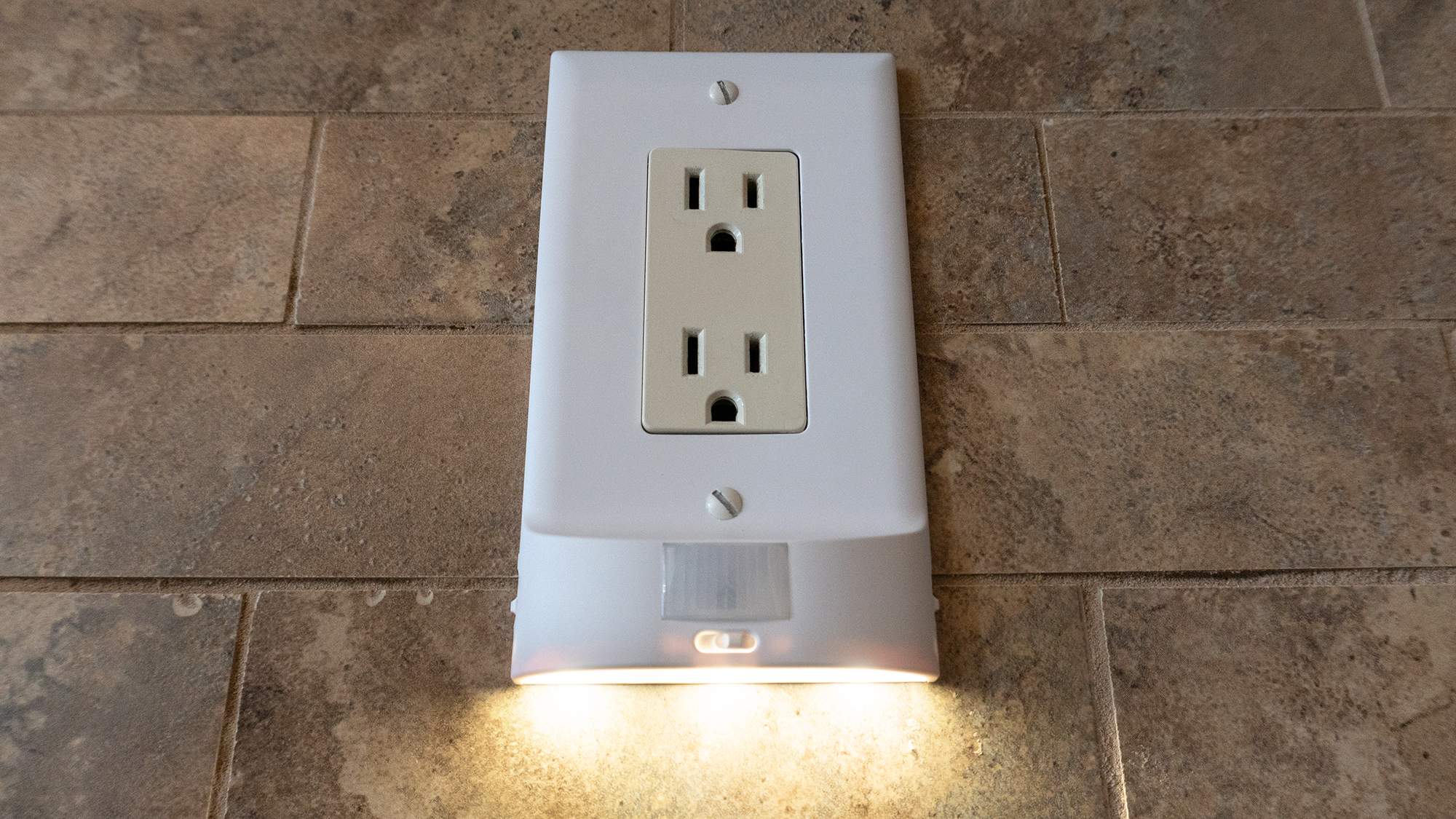
I wouldn’t necessarily call the SnapPower ConnectLight a smarthome upgrade, but if you’re prone to stubbing toes in the middle of the night, it’s an easy way to install nightlights all over your home without sacrificing any of your outlets. There’s a couple of drawbacks worth mentioning, however. Since the ConnectLights do draw power from your home’s wiring, if there’s ever a power outage, there’s no battery backup to keep these functioning.
The other issue is you can’t actually buy them yet. As with previous versions of their products, SnapPower has opted for a Kickstarter crowdfunding campaign looking to raise $US30,000 ($41,892) to help put these into production. Backers can pre-order a single ConnectLight for $24, or multi-packs which bring the per unit price down, with delivery expected later this year in December.
As with any Kickstarted product there’s a certain level of risk involved that’s being passed onto the consumer, but SnapPower has already brought several products to the market through crowdfunding campaigns so it already knows all the ins outs of manufacturing and shipping logistics. The ConnectLights we tested were also production samples, and have so far worked perfectly. Early bird backers can save a few bucks by pledging to the Kickstarter, but if you’re hesitant, you can also wait until the ConnectLights are available through SnapPower’s online store, presumably sometime in early 2021 once pre-orders are fulfilled.
